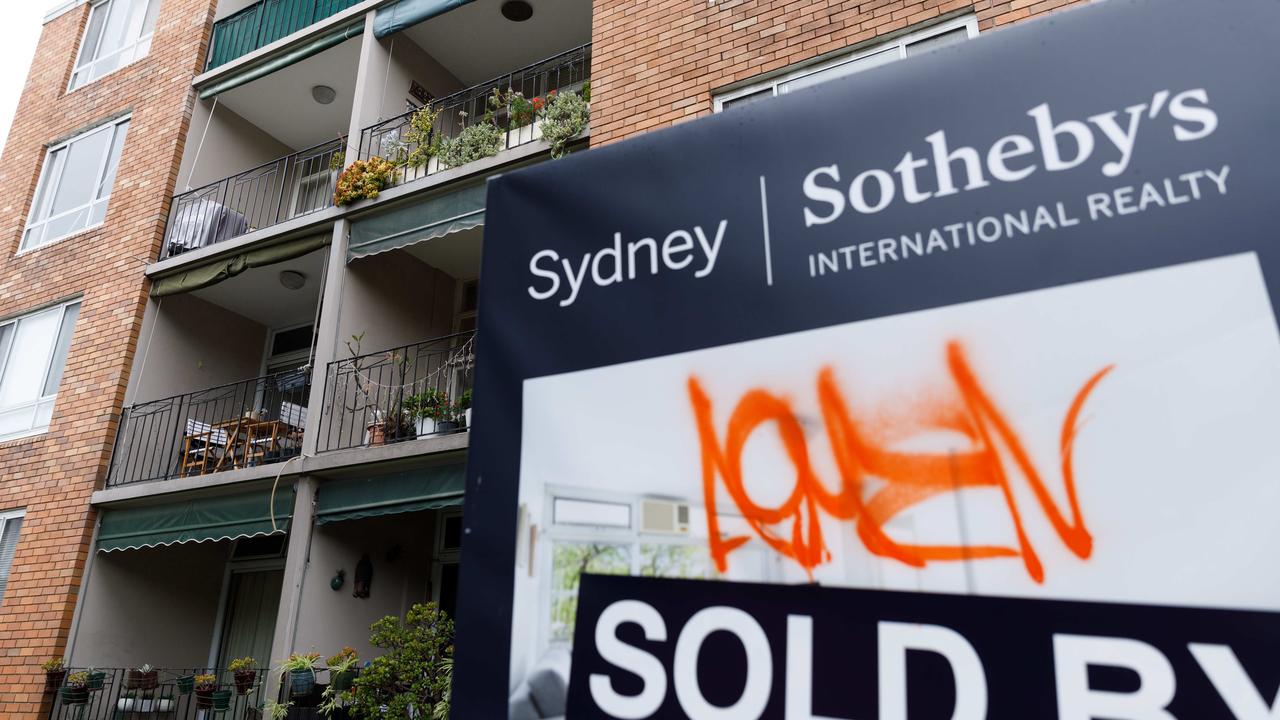Insolvency Australia figures show court-ordered liquidations spike
Court-ordered liquidations are soaring as the ATO reins in ballooning tax debts, according to a new report that ranks Australia’s busiest liquidators.

Business
Don't miss out on the headlines from Business. Followed categories will be added to My News.
Court-ordered company liquidations are soaring as the Australia Taxation Office and big four banks crack down on unpaid debts, and insolvency experts expect the trend to continue over the course of the year in a direct warning to cash-strapped businesses.
The latest figures released by Insolvency Australia reveal 1076 companies - or close to a quarter of all external administrator and controller appointments - were wound up by a court order in the six months to December, up 133 per cent from the 462 court-led appointments in the previous corresponding period.
Creditors’ voluntary liquidations remain the most common form of insolvency, with 2308 cases reported in the six-month period, up 4 per cent, while voluntary administrations and controller appointments were also higher, rising 14 per cent and 34 per cent respectively, to 731 and 416 appointments.
Overall, Insolvency Australia’s Corporate Insolvency Index shows administrator and controller appointments rose by 24 per cent in the six months to December to 4531.
Insolvency Australia director Gareth Gammon said the increasing rate of insolvencies was likely to continue in the coming months as the ATO looked to rein its $50bn-plus debt book.
“The ATO and the banks, in particular, are using all the tools in their arsenals to recover monies owed – and that includes long-term legacy debts from Covid and pre-Covid years,” he said.
“However, the number of businesses opting for the small business restructuring (SBR) regime also continued to rise, which shows that directors are acting earlier to address their debt issues.”
The small business restructuring regime - a streamlined process for struggling businesses with debts less than $1m - was introduced in 2021. After a slow uptake in the first two years after its introduction, it has more recently become a more common way for directors to restructure their debts with creditors while continuing to trade.
Worrells principal Scott Andersen said the ATO was increasingly willing to accept proposals made as part of a small business restructuring plan.
“With the exception of the Covid years, the ATO has always been a key driver of insolvency appointments and I don’t expect this to change,” he said.
“They have a debt book of $50.2bn which they are trying to collect, and they have significant tools at their disposal, such as issuing director penalty notices and garnishee notices.
“But what we have seen is that the ATO is receptive to considering an offer via an SBR. While we are not aware of any secret formula, the ATO typically views a proposal more favourably when there has been a good history of tax obligation compliance.”
The Corporate Insolvency Index shows NSW had the most insolvencies over the six months to December, with 3141 appointments, followed by Victoria (1564), Queensland (1092), Western Australia (397), South Australia (182), the ACT (135), Tasmania (23) and the Northern Territory (7).
Nationally, Worrells was ranked as the busiest insolvency firm during the period, with 540 appointments, followed by SV Partners (387), Cor Cordis (253), Hall Chadwick (245) and Mackay Goodwin (236).
Victoria’s Stephen Michell from PCI Partners was the individual liquidator with the largest number of appointments (151), followed by Jarvis Archer from Revive Financial in Queensland, WLP Restructuring’s Alan Walker and Stephen Dixon from Hamilton Murphy in Melbourne.
ASIC figures show there were 9159 insolvencies reported in the 12 months to December 2023, up from 6446 in the previous year.
Auxilium Partners founding partner Bob Jacobs said that number was likely to increase further this year due to the shortage of skilled and unskilled labour, higher costs of doing business and rising interest rates.
“Given the cost of living pressures and increased interest rates, we are of the view that retail is a major at-risk sector, as it is largely discretionary spend,” he said.
“Hospitality will face ongoing pressure because discretionary consumer spend will reduce as mortgage and rent increases bite into household budgets, which means customers decrease and business owners are squeezed in the middle by high wage costs and low availability of labour.
“Similarly, the construction sector will continue to face pressures, due to labour and material costs and availability, increased funding costs and tightening of available capital to support work in progress and guarantees required on construction contracts.”
More Coverage
Originally published as Insolvency Australia figures show court-ordered liquidations spike




